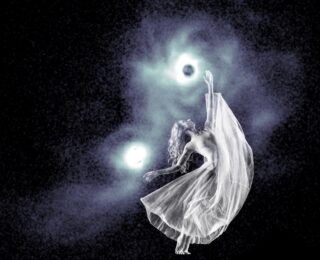
Can I Have This Dance?
Join the dance of binaries and triplets swaying their protoplanetary dresses in today’s bite!

Join the dance of binaries and triplets swaying their protoplanetary dresses in today’s bite!
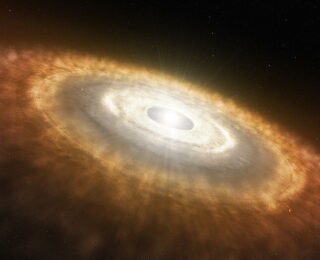
Today’s astrobite discusses how an edge-on debris disk was discovered and modeled, and what sort of planets might be found there!
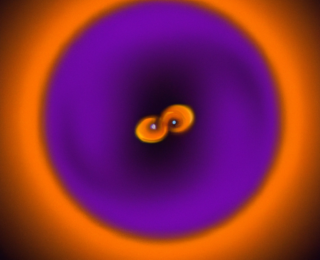
Can binary stars have circumbinary disks that orbits them in a perpendicular plane? Today’s authors took a closer look at this setup and the complex exchange of material between stars and circumbinary disk.
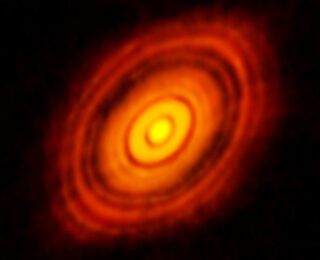
In today’s paper, the authors analyze millimeter and submillimeter ALMA observations of a protoplanetary disk, and find kinematic signs of candidate companions within!
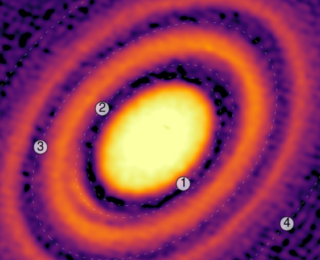
An extra protoplanet might be lurking in the dust around a nearby star
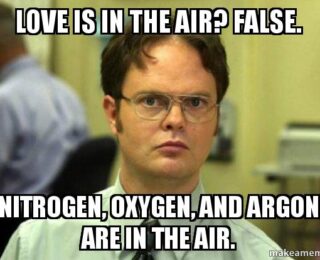
Chemical elements are pretty good history teachers! Today’s paper describes how chemical abundances can tell us about the history of where a planet formed.